Pre-1940 blues








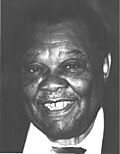


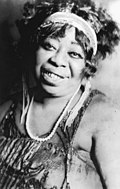






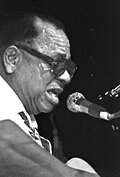

Blues musicians are musical artists who are primarily recognized as writing, performing, and recording blues music. [1] They come from different eras and include styles such as ragtime-vaudeville, Delta and country blues, and urban styles from Chicago and the West Coast. [2] In the last several decades, blues music has developed a less regional character and has been influenced by rhythm and blues, rock, and other popular music. [3]






















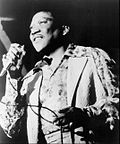



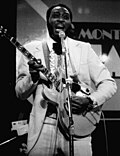










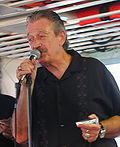
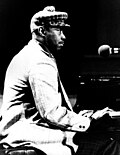






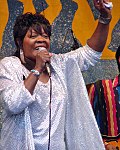




| Contents |
|---|
| A · B · C · D · E · F · G · H · J · K · L · M · N · O · P · Q · R · S · T · V · W · Y |




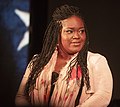
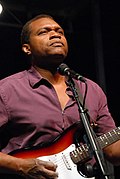







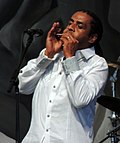





| Contents |
|---|
| A · B · C · D · E · F · G · H · J · K · L · M · N · O · P · Q · R · S · T · V · W |
Citations
{{cite web}}: CS1 maint: others (link)Sources